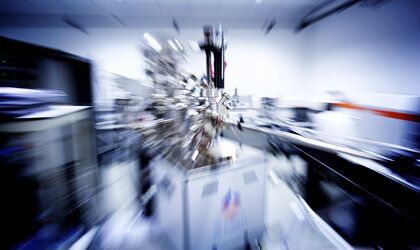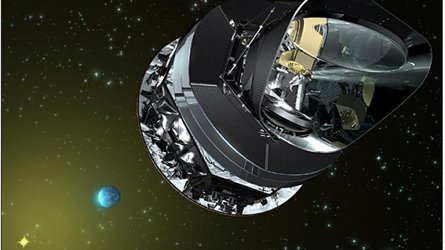Drive me to the Moon
Thanks to advanced electrical wiring developed for space, some racing drivers are now steering sleeker and potentially faster cars in competitions here on Earth.
Sophisticated wiring techniques developed for ESA satellites are now used in Formula One cars, improving their performance and weight.
“We identified a need in the space marketplace, where wiring needs to be robust, flexible, lightweight and able to withstand large forces,” said Terry McManus, project manager for UK-based Tekdata’s Cryoconnect space division.
In space, Cryoconnect began using materials that become superconductive at the low temperatures in space. They also developed a method of weaving wires together in a flat, loom-like configuration. These flat bundles of electrical wiring are flying on a number of space platforms.
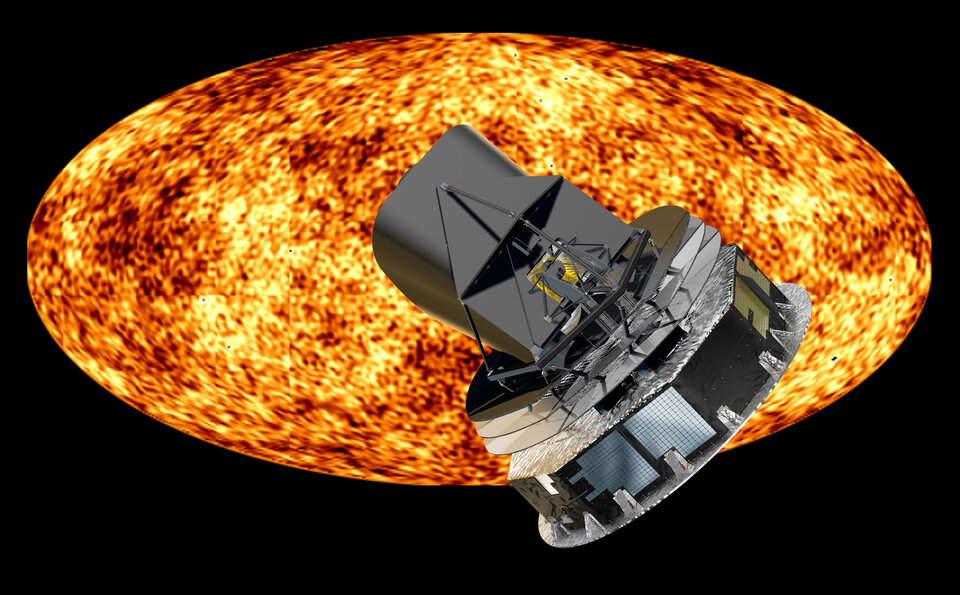
The company developed the wiring ‘harness’ for one of ESA’s Herschel instruments, and a harness was produced for ESA’s Planck High Frequency Instrument to work at only a tenth of a degree above absolute zero to survey the remnant light from the Big Bang.
Cryoconnect is also working on the harnesses for the three instruments on the international James Webb Space Telescope, the successor to the Hubble and Spitzer observatories.
These electrical systems required a good deal of innovation. “The bit we’ve been able to bring to the equation is selection of exotic materials as well as the weave methodology,” said Terry.
Space weaving lands on Earth
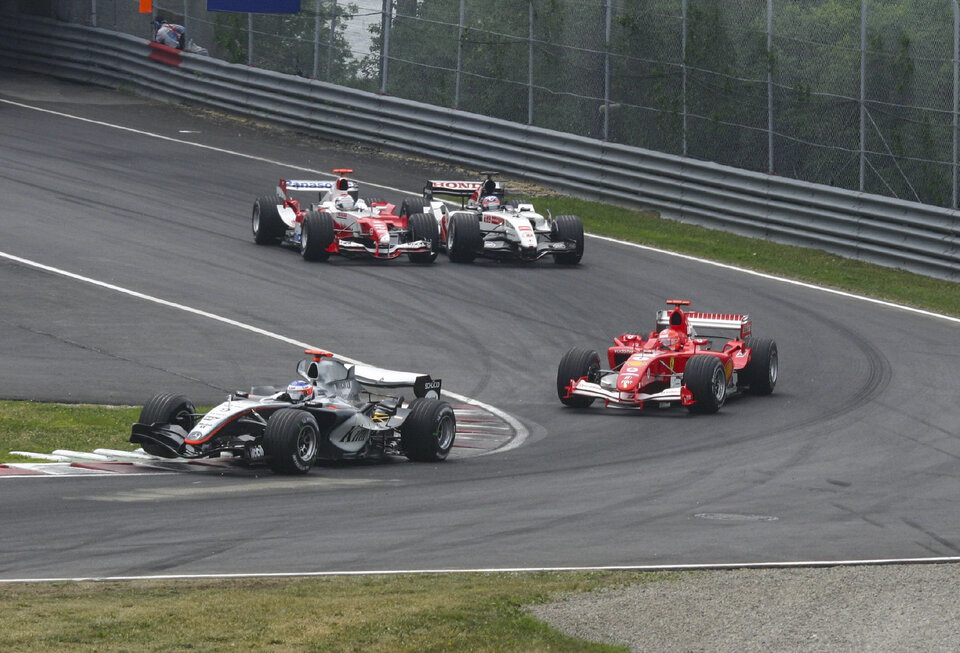
Three years ago, Tekdata decided to take what they had learned in space and use it in autosport.
“Many of our space solutions are far in advance of the current technology available in the motorsport marketplace. Race teams have relied on basically the same technologies for many years,” said Tekdata’s business development manager Mike Tickner, whose background is in designing and building wiring systems for Formula One cars.
“We’re transferring best practices from space to auto,” said Terry, but, unlike in space, Tekdata still uses traditional copper wiring for cars.
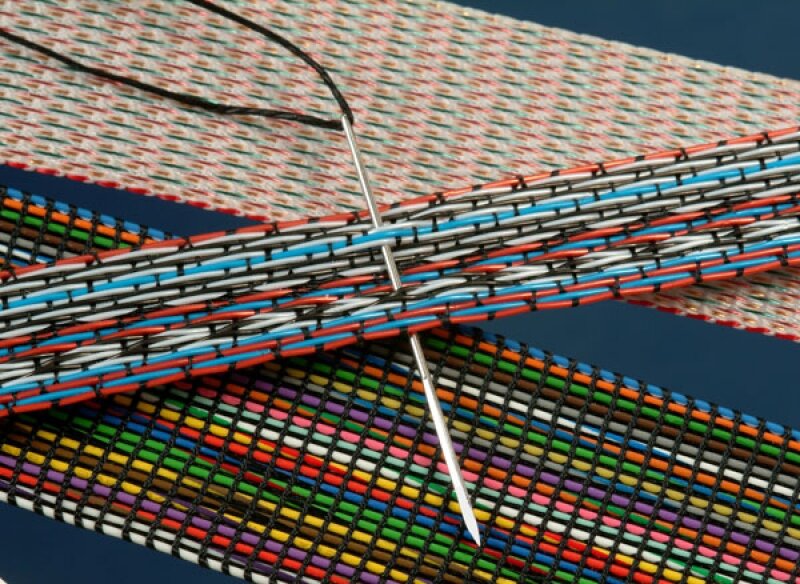
What was changed is the way the wires are bundled. Typically, electrical wires are bundled in a round harness but Tekdata has created flat, woven harnesses like those in satellites.
For racing cars, they can more easily be fitted beneath a seat, under the skin or in the bodywork of a car. “You can lay it out flat, it’s flexible and fits in places a traditional cable won’t,” said Mike.
This means that a car’s aerodynamics are no longer compromised by the placement of the wiring. This can lead to better performance and lower weight, crucial in racing. Elements like the gearbox can also be connected differently, maximising space and potentially saving more weight.
European space programmes spin-off potential

“Research and development for European space programmes often produces novel leading-edge technological solutions when applied to systems back here on Earth,” said Matthew Edwards from STFC Innovations, the UK broker for ESA’s Technology Transfer Programme Office.
“A traditional case on how best to fit electrical cables into a car has here been resolved by adapting a very special spacecraft cabling technology.”
Now that the sporty Ginetta G60 road car uses Tekdata’s flat-woven electrical wiring, the fit is better in the highly complex and small vehicle.

“The amount of wiring in cars is increasing year by year,” said Mike, as autos become increasingly sophisticated with more electrical sensors and control systems.
Electric cars are a strong potential market for this space technology, because “The amount of electrical technology in electric cars is significantly more than in standard ones,” noted Terry.
While flat weave wiring for racing cars can make them lighter and more aerodynamics, the main advantage for electric cars would be to fit more wiring into less space.
For now, these wiring systems from space have just started to show their mettle here on Earth.



